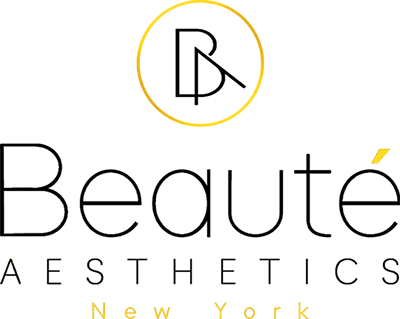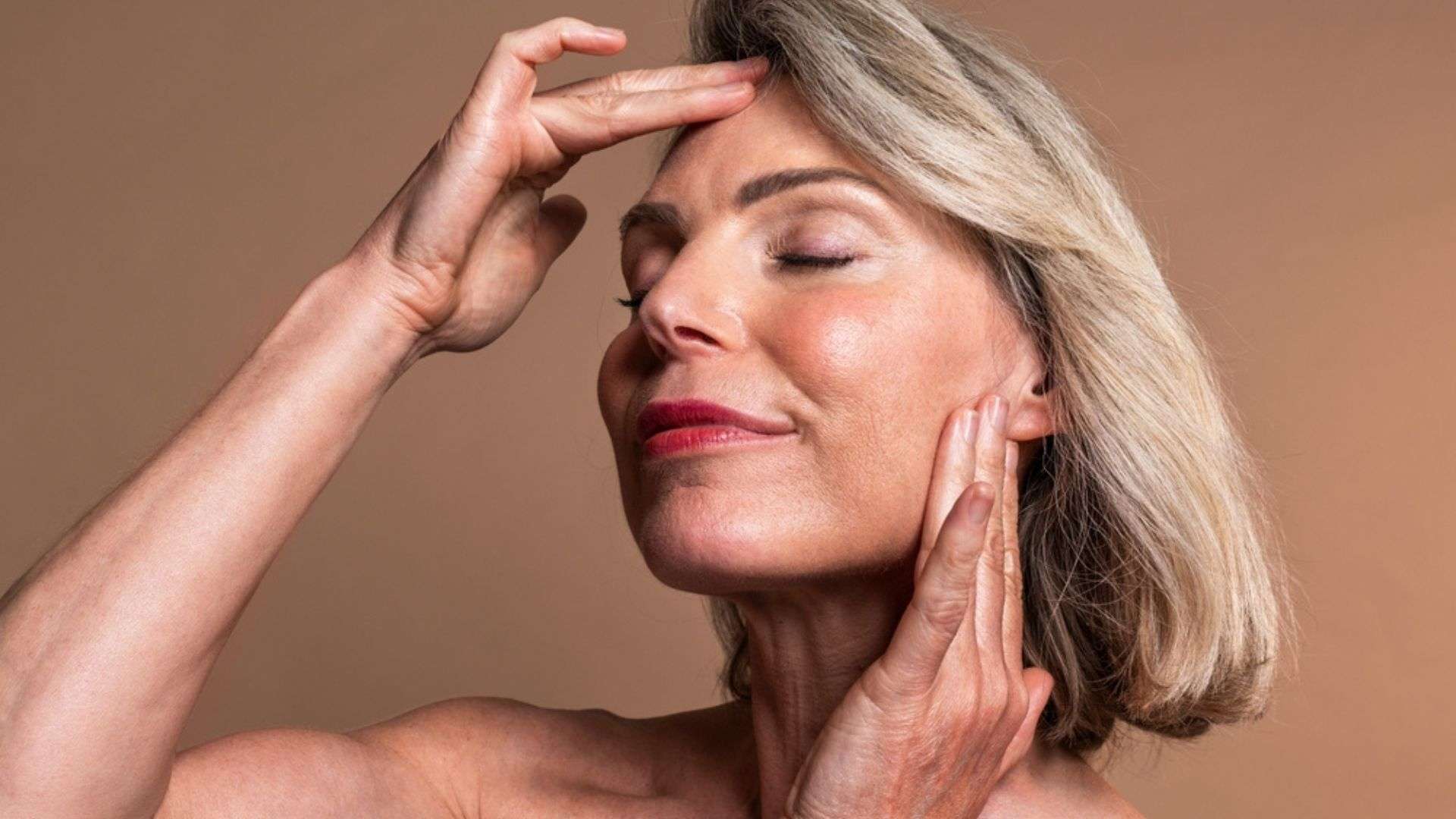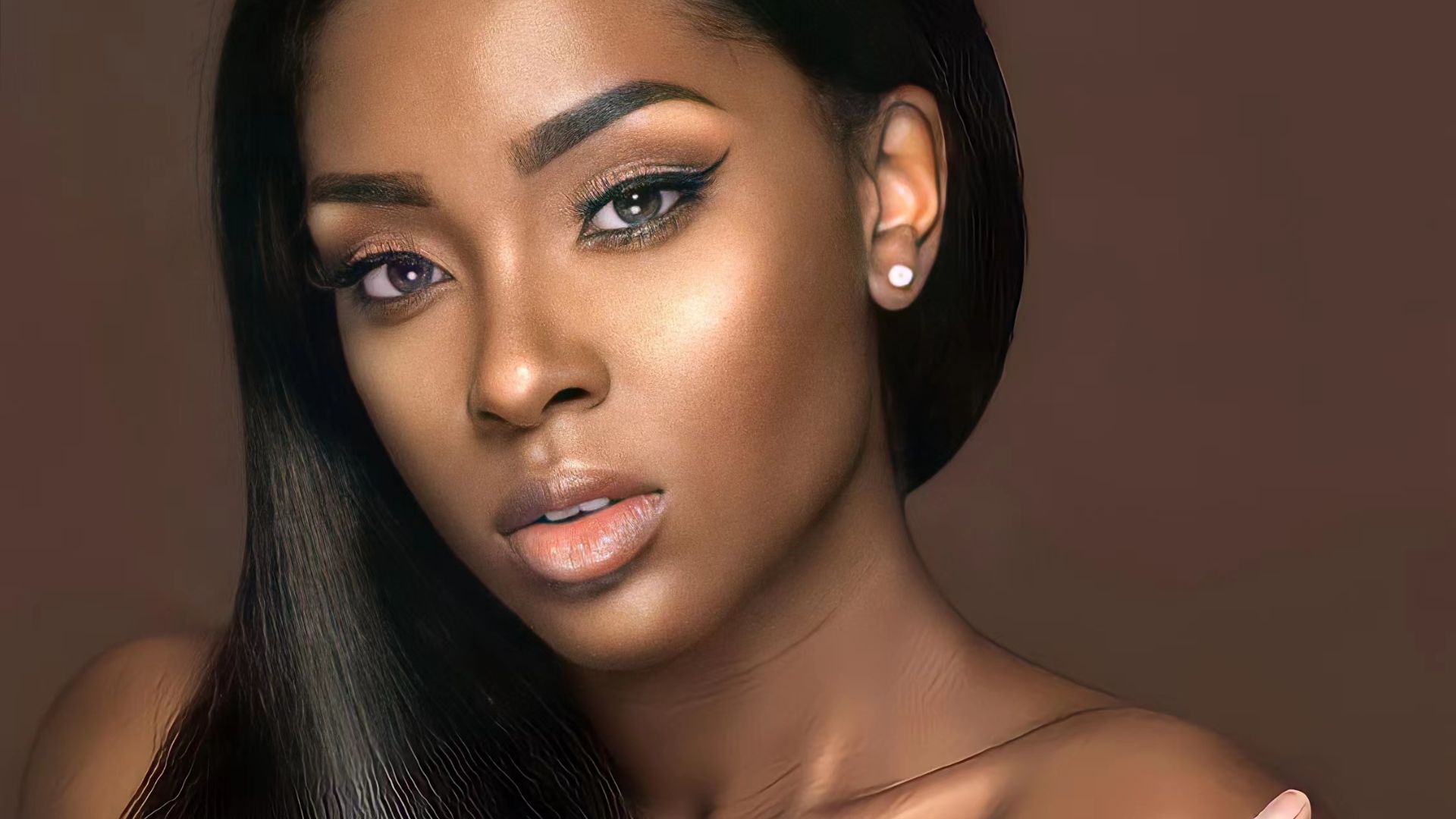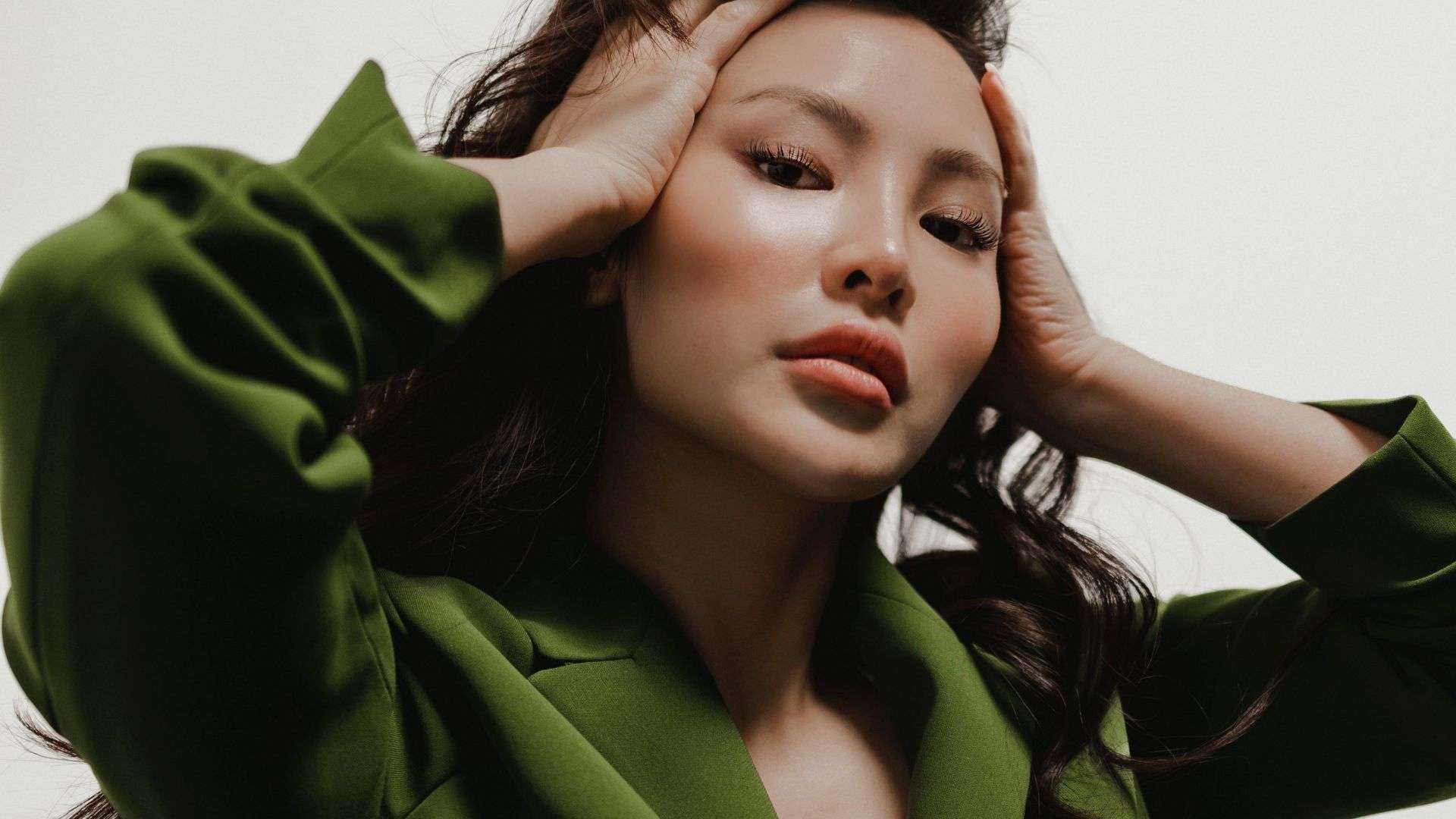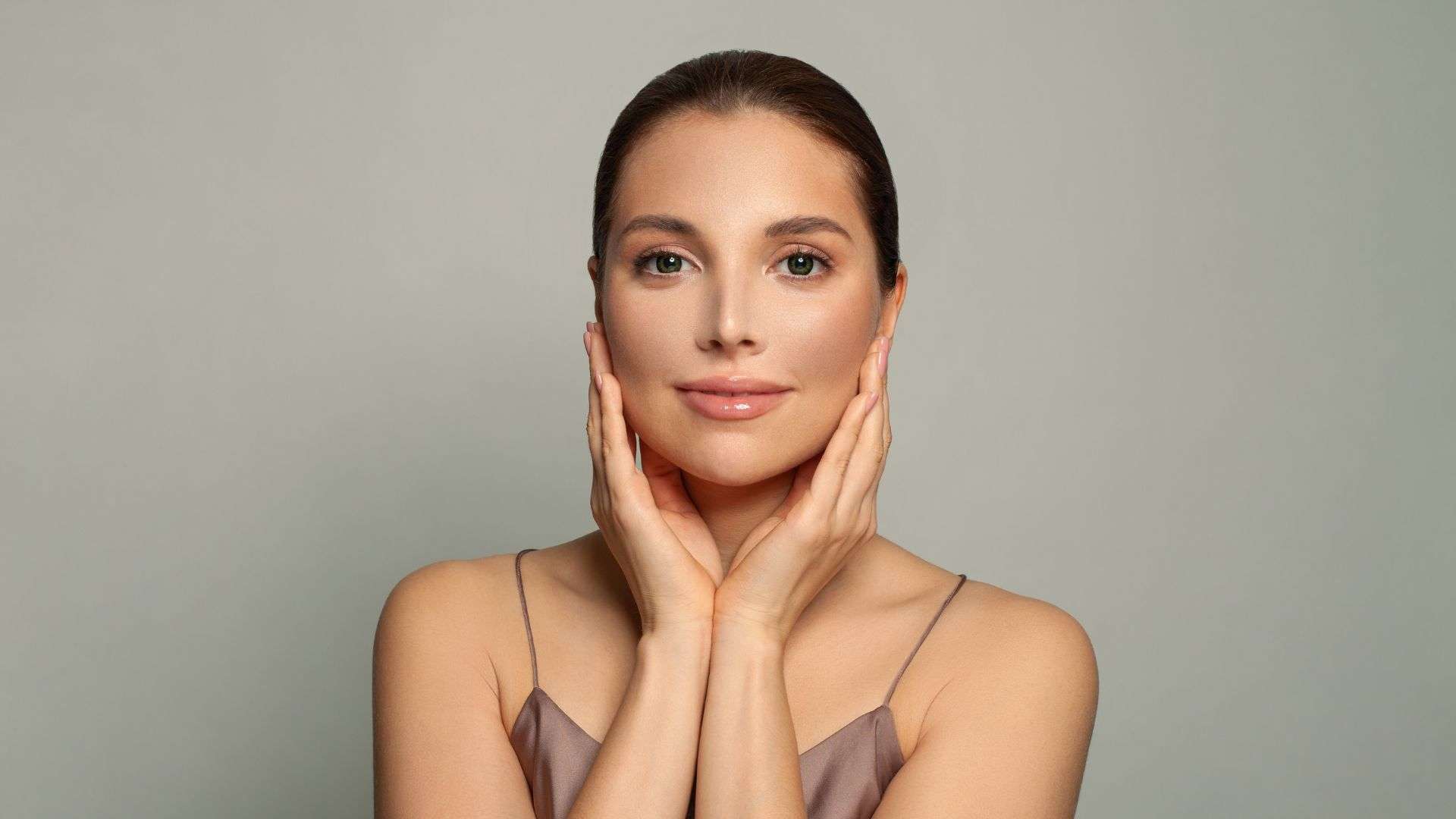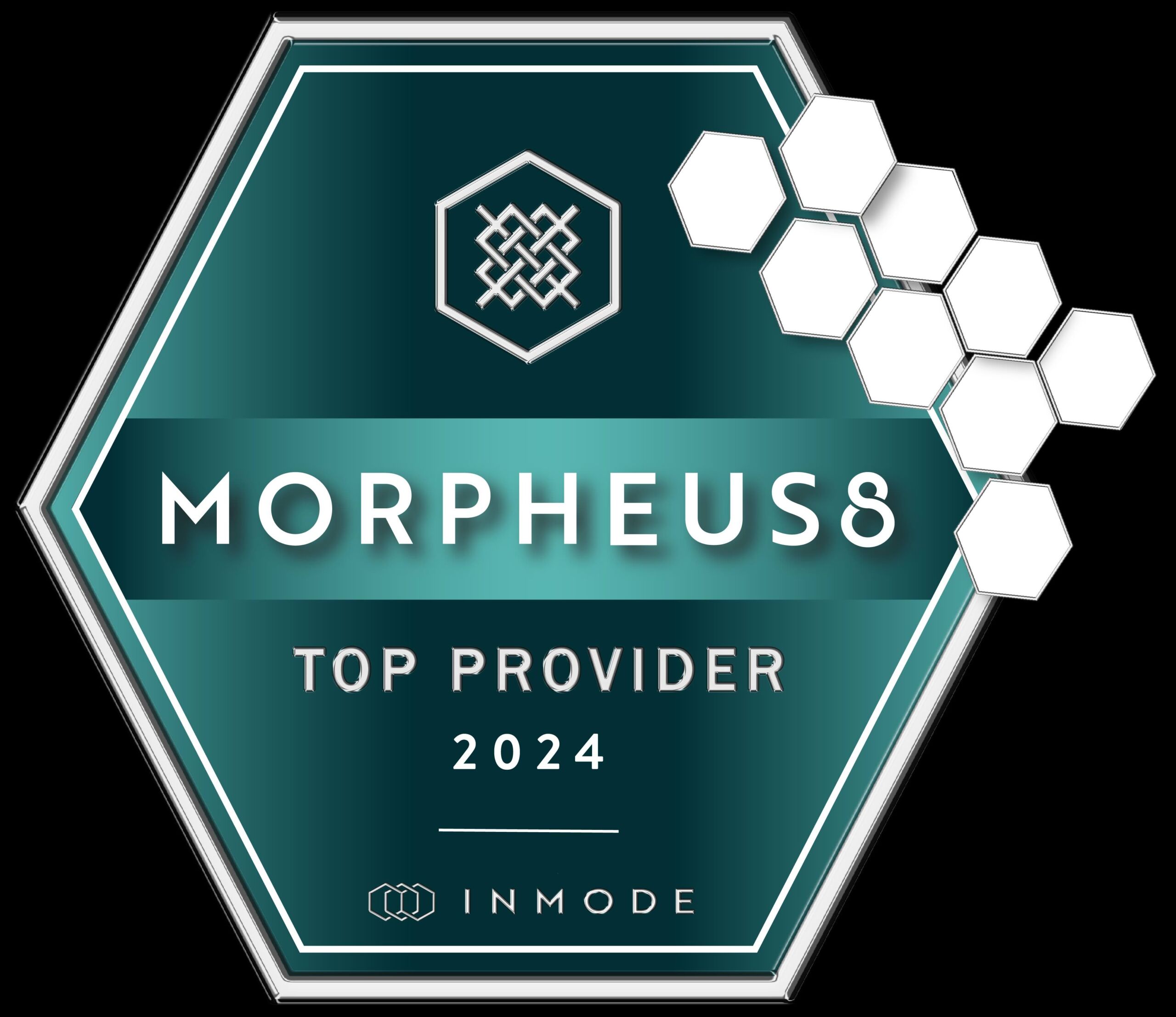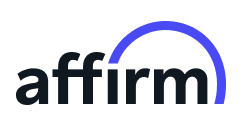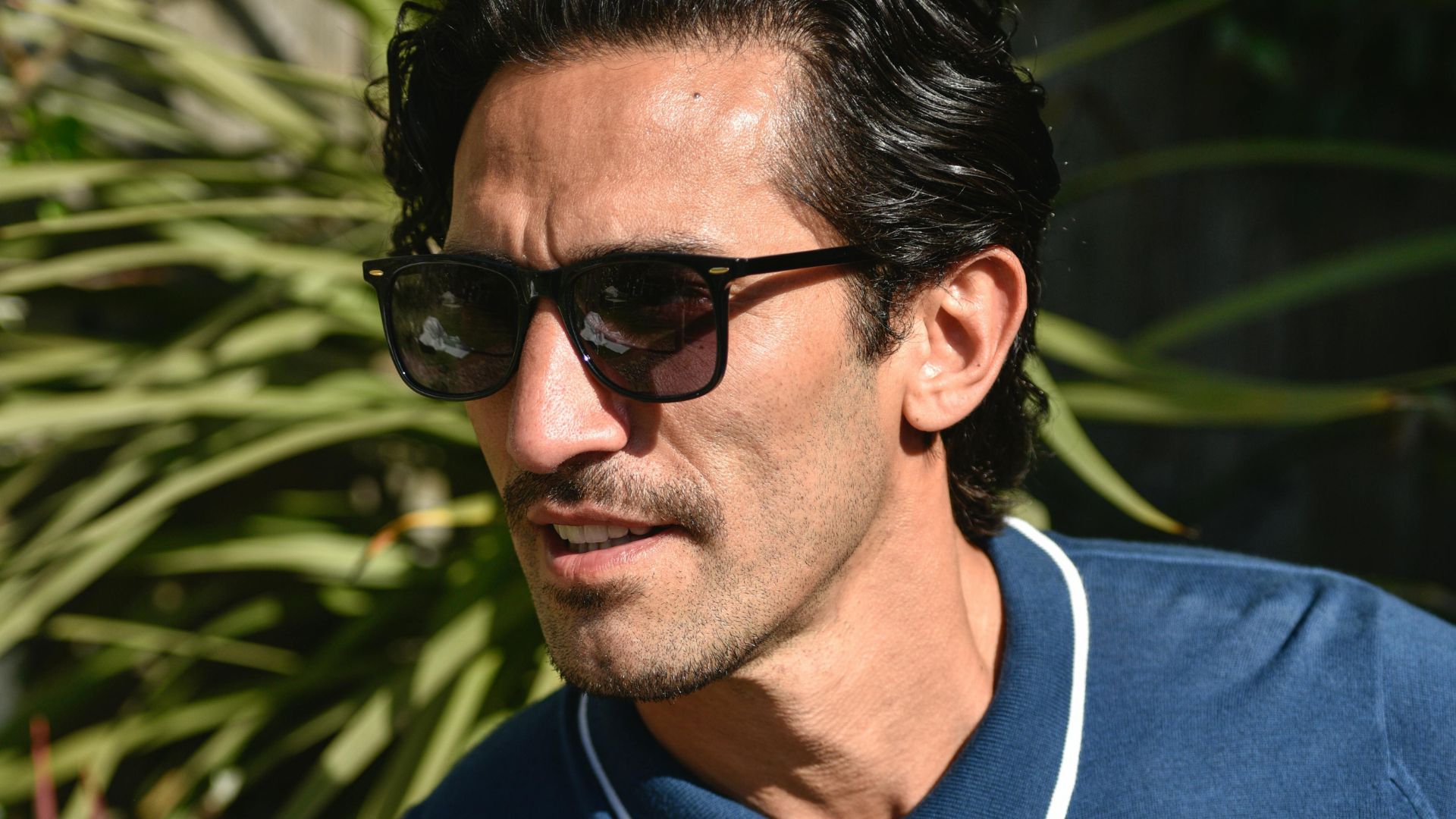
PRP Hair Treatment in NYC
Most people do not realize this until they begin to have issues, but hair can significantly impact the way you look and the way you feel about your appearance. When your hair looks good, you tend to feel more confident and more put-together, which can influence the way you carry yourself, how you dress, and even how you interact with others.
But when hair starts thinning or falling out, each strand that falls out can chip away at your self-esteem, make you dread taking photos, and cause you to withdraw from socializing or pursuing opportunities due to embarrassment. You lose the confidence in knowing you look good, and when you look in the mirror, what you see makes you unhappy.
Beauté Aesthetics offers PRP hair treatments that may help you restore thicker, healthier, fuller hair and boost your self-esteem. Today we are going to talk about these innovative PRP hair rejuvenation treatments, explain what they are, how they work, and what to expect during and after your treatment.
What Is PRP And Where Does It Come From?
Your blood is made up of different components, including red blood cells, white blood cells, platelets, and plasma. Each one has its own function, but they work together to keep your body functioning properly.
- Red blood cells (RBCs)
- Most of your blood’s volume is made up of red blood cells and gives your blood its red color. They carry oxygen from your lungs to the rest of your body, and they help eliminate carbon dioxide.
- White blood cells (WBCs)
- Your white blood cells are part of your immune system, so they fight off infections, viruses, and anything else your body sees as a threat. There are different types of white blood cells, and each one has a different job to help you stay healthy.
- Platelets
- These are tiny cell fragments that help your blood clot, so if you get a cut or injury, the platelets rush to the scene to stop the bleeding. They also contain special proteins called growth factors, which are responsible for healing and regenerating the tissue.
- Plasma
- This is the liquid part of your blood that is made up of mostly water, but it also carries nutrients, hormones, and proteins throughout your body. The plasma is like the glue that holds everything together and helps get the different cells where they need to go.
- PRP
- PRP stands for platelet-rich plasma and is created from the part of your plasma that contains a concentration of platelets. To get PRP, a small amount of your blood is drawn and put into a machine called a centrifuge. This spins it at high speed to separate all the parts. The PRP is isolated, extracted, and used for treatments like hair restoration because the growth factors it contains can help heal tired or damaged hair follicles.
PRP Hair Loss Treatments
PRP hair restoration can be very beneficial for people who are starting to notice that their hair is thinning, especially in the early stages. There are different types of hair loss, and this treatment is safe and effective for each, including:
Pattern Baldness
It is often used to target something called pattern baldness, which is also known as androgenetic alopecia. This is the most common kind of hair loss, and it usually runs in families. You might see your part getting wider, a receding hairline, or you may notice thinning at the crown of your head. PRP can help by refreshing the hair follicles that are still alive but not working their best.
Alopecia
PRP hair treatments are not only for pattern baldness but can also help with other types of hair loss like alopecia areata, which causes patchy bald spots when your immune system mistakenly attacks your hair follicles. It may also help reduce inflammation and encourage hair to grow back in those areas.
Telogen Effluvium
Another condition it can treat is telogen effluvium, which is often triggered by stress, illness, or big changes like pregnancy. It causes a sudden shedding of hair, and PRP therapy may help your scalp return to its regular hair cycle more quickly.
Strand Stress
Some people also lose hair because of tight hairstyles, like braids or ponytails that pull on the roots. PRP can help repair this type of scalp damage and promote hair regrowth in these spots as long as the follicles have not been completely damaged.
What Happens During A PRP Hair Rejuvenation Treatment?
PRP hair treatments are fairly quick, with each session usually taking between 30 and 60 minutes, so you can even fit it into your lunch break. It is recommended that you start with three to four treatments spaced about a month apart. After that, you might need a maintenance session every three to six months to keep your results consistent.
A PRP hair rejuvenation treatment begins with a simple blood draw, just as you would experience during a routine blood test. They usually extract enough to fill a small vial, which is then placed into a machine called a centrifuge that is used to spin it very fast for about 10 minutes. This separates the blood into layers, allowing the specialist to extract the layer that contains the growth factors (platelet-rich plasma or PRP) that are known to help the body heal.
Once the PRP is ready, it is carefully injected into the areas of your scalp where your hair is thinning, or it is used in conjunction with microneedling to treat larger areas or the entire scalp. When PRP and microneedling are used together, they often work better than either treatment on its own. The growth factors in the PRP help increase blood flow in the treated areas and trigger your hair follicles to strengthen and grow thicker, healthier hair.
There is very little downtime after a PRP hair treatment, but you may notice some mild redness, swelling, or tenderness in the areas that were treated, but these side effects are usually minor and go away within a day or two. Most people go right back to work or their usual schedule without any issues.
See the below chart for a quick overview of the basics of PRP hair therapy.
| Aspect | Notes |
|---|---|
| Procedure | Your blood is drawn and then processed with a centrifuge and then injected in your scalp or used with microneedling to restore dormant or damaged hair follicles and promote hair growth. |
| Timeline | It normally takes a series of 3 or 4 monthly sessions to notice improvements in hair thickness and reduced shedding. Maintenance treatments can be done every 6 months and can help your results last longer. |
| Benefits | Thicker, denser hair, without needing surgery. |
| Side Effects | Mild pain, redness, bruising that usually only lasts a few days. |
| Cost | National Averages run between $750–$3,000 per session or packages |
| Durability of results | Can provide temporary results and some patients require ongoing treatments. |
| Works well for people who have | Early thinning or pattern hair loss |
How Much Is PRP For Hair In NYC?
At Beauté Aesthetics in NYC, a single PRP hair treatment session is priced at $600, with an option of purchasing a package of three sessions for $1,300, which is a nice savings for those desiring more intense therapy. PRP costs can vary depending on the extent of hair thinning you are treating, whether you add extras like microneedling, and additional maintenance sessions that may be desired.
Get Ready For Beautiful Hair Once Again
PRP hair restoration is a natural, non-surgical treatment that uses the plasma from your own blood to revive your hair follicles to stop shedding and trigger new growth.
If you are tired of hiding under hats and are dealing with anxiety from hair loss, you have nothing to lose in trying PRP hair loss treatments in NYC at Beauté Aesthetics. Set up your personal consultation today to learn more!
